Despite their historically significant contributions to Hindu Sanatan Dharma, Brahmins often find themselves at the center of criticism in contemporary India. This paradox is rooted in a complex interplay of historical, political, and social factors that have shaped perceptions over time.
Historical Legacy and Social Hierarchy
Traditionally occupying the highest rung of the caste hierarchy, Brahmins were custodians of religious rituals, knowledge, and philosophy. However, their association with the caste system, including practices of untouchability and social exclusion, has led to a backlash from marginalized communities. Critics argue that this historical privilege fostered inequalities, fueling resentment against the community.
Colonial and Post-Colonial Dynamics
During British rule, the colonial administration highlighted caste divisions to implement their “divide and rule” policy, often portraying Brahmins as oppressors. Post-independence, affirmative action policies like caste-based reservations deepened the perception of Brahmins as symbols of historical oppression, particularly among Scheduled Castes, Scheduled Tribes, and Other Backward Classes.
Rise of Social Justice Movements
Movements like the Dravidian Movement in Tamil Nadu and Dalit-led initiatives by leaders such as Dr. B.R. Ambedkar targeted the caste system and, by extension, Brahminical dominance. These movements amplified calls for dismantling historical hierarchies, further polarizing opinions about the role of Brahmins in Indian society.
Political and Media Narratives
Political parties have used anti-Brahmin rhetoric to mobilize support from non-Brahmin communities, embedding the notion of Brahminical oppression into public discourse. Additionally, modern literature, cinema, and social media often depict Brahmins in a negative light, contributing to stereotypes.
A Call for Balance
While acknowledging the contributions of Brahmins to Hindu philosophy and traditions, experts emphasize the need for a balanced narrative. Historian Dr. Anjali Deshpande notes, “Brahmins, like any community, have diverse experiences. Stereotyping them solely as oppressors disregards the nuances of history” (The Hindu, 2021).
As India continues to grapple with its caste legacy, the debate around the role and perception of Brahmins underscores the broader challenge of addressing historical injustices while fostering social harmony.
Sources:
Dr. B.R. Ambedkar, Annihilation of Caste
“Caste in Modern India,” The Hindu, 2021
“Understanding Dravidian Politics,” Indian Express, 2019

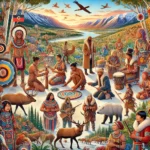

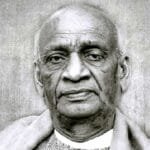


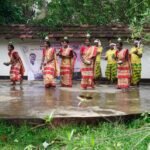
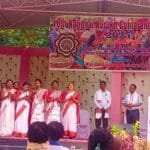
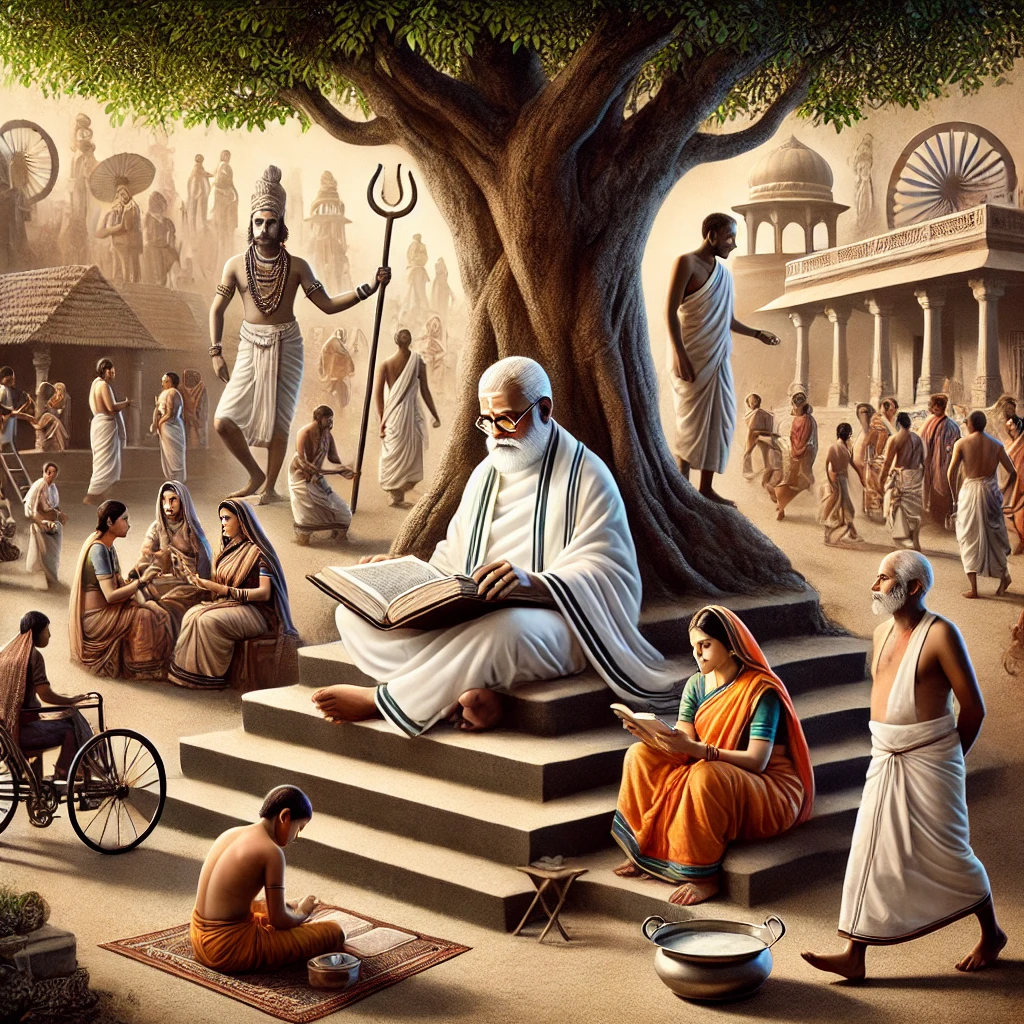
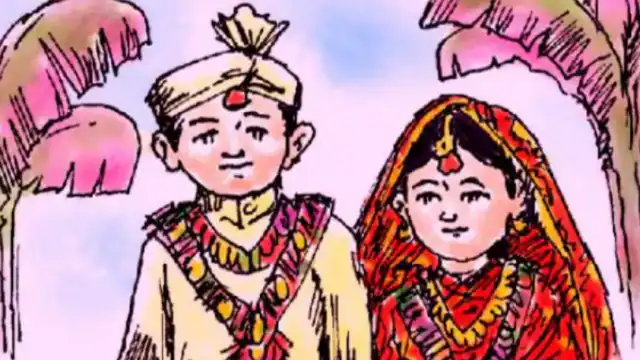
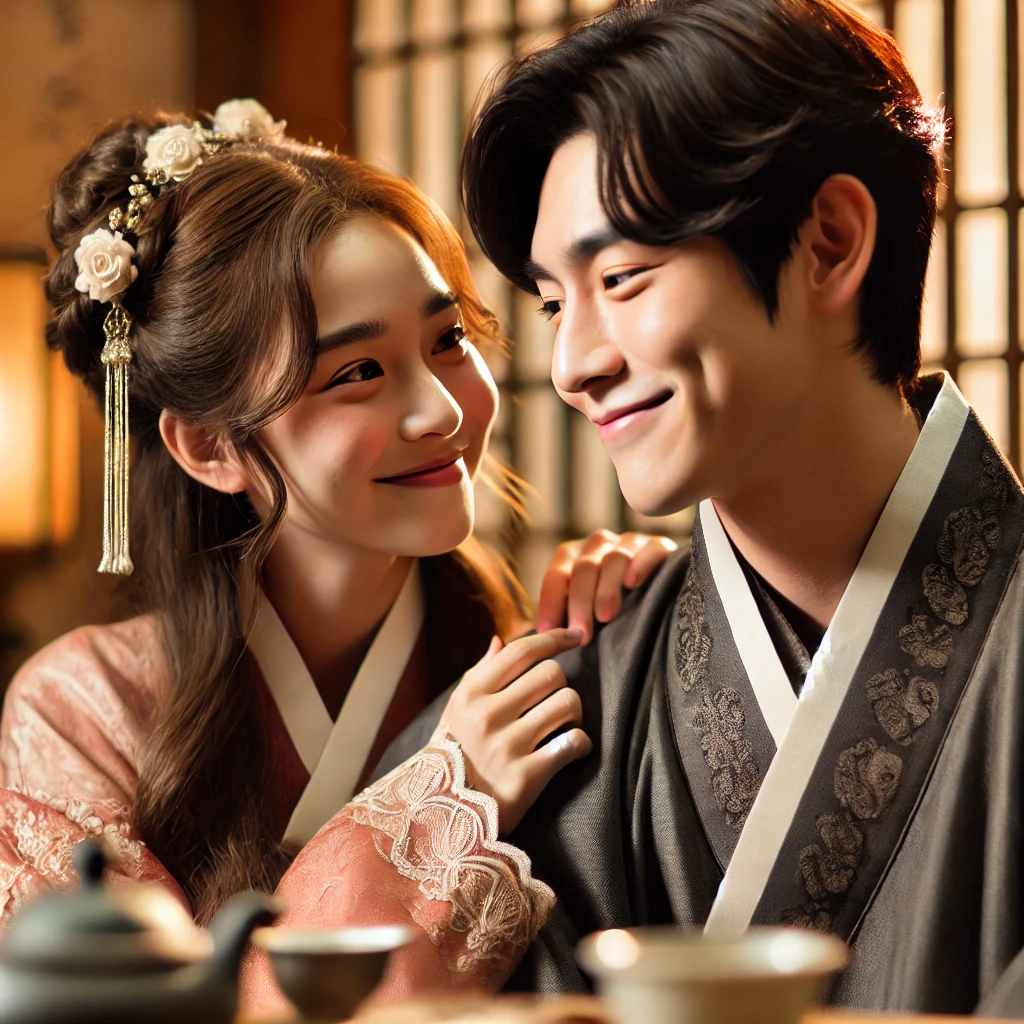
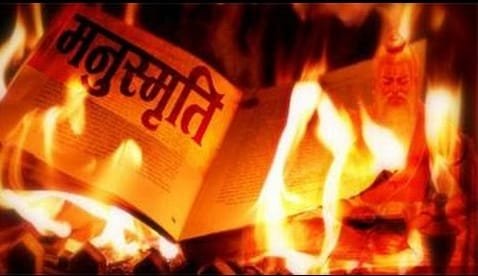
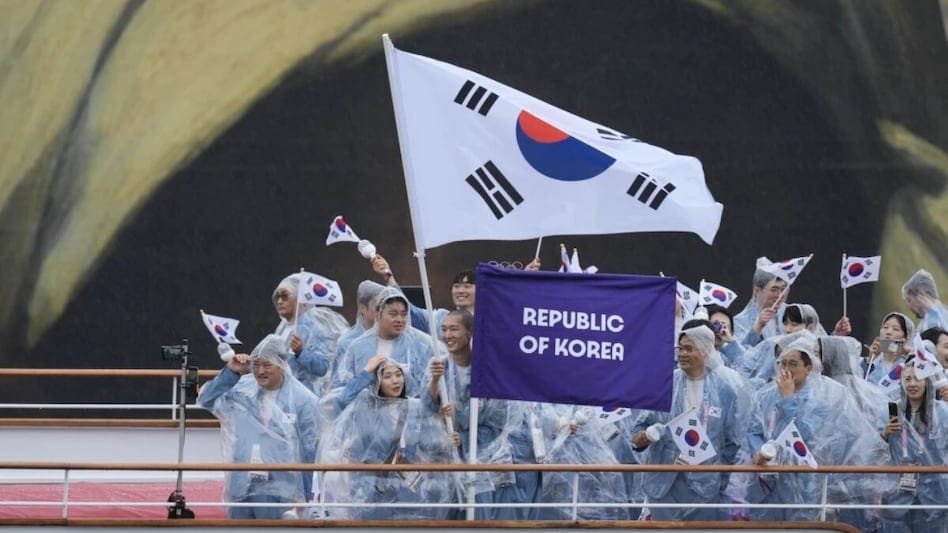
Brahmins are infuriatingly clueless about their privilege. They are the ones who end up living in other countries and sit on their wealth, like all spoiled rich kids raised to believe everything and everyone is there to own and subjugate. I hate them. They actually have the audacity to whine about how affirmative action initiatives hurt them. “I have to go to America and apply for Harvard or Yale and won’t get any preferential treatment. Waaaah! I want my Daddy to fix it.!”
Fuck them.
That is funny! Brahmins who think themselves above others contributed to Sanatana Dharma? What’s next, Brahmins gave us Advaita Vendanta? Brahmins are Maya, deluded nobodies who because of their fragile egos and dark urges try to gain power the lazy way, by birth. If you call yourself Brahmin you are the problem. You are a Tamas infused Maya sack of lies, the antithesis to Hinduism. Dalits need to stop acting like they are the bottom. Nobody is in the bottom. All is one. The caste system is a lie, Maya designed to keep worthless, parasitic, perverted, fat, slovenly corrupt dirtbags in the lap of luxury. Brahmin, you are no better or no worse than the tapeworm living up your smelly backside. Until the parasitic dirtbag Brahmins understand that, the entire planet should make Brahmins regret that they were never stupid enough and arrogant enough to believe the lie that, who you were born to defines your worth. You Brahminese came out of the same smelly holes everyone else came from. If your feelings are butthurt, then the solution is very easy. Don’t be an arrogant dirtbag! Don’t join a group of idiotic, sniveling slobs.
And what moron decided priests are a high caste? Probably some Chester priest right? Lol. There are two castes. Rishi and Moron. And no Brahmin was ever a genuine Rishi.
I have contributed far more to Hinduism than all Brahmins combined! Being Brahmin is a snob’s choice. Nobody is born into any life as punishment nor reward and any serious practitioner of Advaita Vendanta would know this. The path we are all supposed to be on is Sattva and Brahmins are the very epitome of Tamas. Deluded hubris filled liars who want fruits without labor because what demonstrates elitism more than receiving fruits for acting arrogant?
“Not all Brahmins are arrogant!” Yes they are! It’s a choice! How many racial supremacist groups exist on this rock and why should we believe Brahmins are different than any other racist group? I was born to a family who would have been considered elitist and as a person of such lineage I seek to pull down that system of stupidity and laziness. I am no better than an ant or an amoeba or a blade of grass. I am honored to be on the same level of importance as a blade of grass or a snail or a tiny jumping spider, all my kin. All of our kin but the blue wasp needs to bend the knee to lazy self entitled Brahmins?
Repeat after me, Brahmins are Tamas, cannibals, destroyers and deluded idiots. This is the age of collapse because of the perverse greed and infinite entitlement of elites, across the globe. Brahmin is the very essence of evil.
Brahmins will NEVER know Brahma and will remain mired in their own perverted form of Maya. Don’t be a sucker for delusion especially a delusion that says you are special and better than others because your smelly ape parents were filled with hubris. Seriously! Name one thing a Brahmin has ever done to benefit the planet’s biosphere, benefit everyone and everything.
So, Brahmins quit your sniveling and just declare that you are not better than even a blade of grass and that there is no such thing as Brahmin that isn’t 100% silly wishful thinking delusion. Brahmins can stop acting self important. Stop cosplaying like you matter more than anything else.
And Dalits stop acting like you have no power. Do not accept morons telling you that they are better in any way. They are liars and liars deserve to have their lies exposed. Take command of your own lives and don’t dare show any respect based on the lie that is the caste system. Show respect only where it has been earned. Brahmins have not earned your respect in any way. Remind the elite they are nobodies. Remind them that their precious elitist backsides still stink as bad as anything can stink. There is no difference in value between any caste. Except the Brahmins are destroying the earth on purpose so Brahmins have negative value, less than zero, significantly less than zero. Knowingly, braggingly.
And now a foreign Rishi who found Hinduism through Jnana is showing India the truth. The irony is rich. Touching grass isn’t enough, learn from grass, that one blade contains all the secrets in the universe. That blade…so precious, so honest, balanced in Sattva, Rajas and Tamas. Tamas enriches the soil, Rajas spreads the seed. And Sattva is the natural harmony nature forms with its environment. That blade of grass is made from the gems in Indra’s Net and Indra’s Net functions as a thermodynamic ledger for reality. Shiva expertly manages entropy to ensure the system runs for eternity. The past is encoded as a change in dark energy, the present is the quantum to classical transition and the future is Hilbert Space projected as space from Indra’s Net surface, space, a place where an event could happen.
The ancient Rishis were right. There is only the ever-unfolding Now. The past and future are encoded in the present. You are literally encoded on my cosmic horizon and I am literally encoded on yours. How can anyone be better than anyone else when we are all each other? The truth destroys the caste system delusion.
It’s time for all caste systems to fall. Caste systems represent the greatest failure of mankind. Nothing causes stupidity more quickly and dangerously than elitism. I have been banished from my caste for my telling the truth and I am happy to not be associated with “them”. They hate that I have told the truth and they fear what it means if they have to actually work for a living. They want the shared delusion of feeling special based on turning all of you into untouchable serfs.
And one last thing for those who refuse to get rid of their hubris of Brahmanism. I am white and descended from a long line of priests which according to your own demented worldview makes me YOUR BETTER! So if you are a real Brahmin then bend the knee for me and do as I command. I command you to stop being a hurbis filled idiot! This is YOUR rule book! So throw the whole stinking mess away and join reality or be one of those loser buffet Brahmins where you only want the good and not the bad. You want to make seeds serve you but refuse to sever your betters. My skin color and heritage by Brahmins own loser mentality make me every Brahmins’ boss, king, overseer, and God. Because I am not TA I have only one order as your better. Stop your Maya Tamas-fueled lies! And after you wash the stench of Brahminism off your body come join Sattva! Where everyone and everything are welcome. Where everyone and everything are intrinsically valued for their existence. I feel so honored to be considered as important to the universe as a microscopic gnat, as a tiny lichen. I see Lila everywhere in nature but Brahmanism has separated us from nature. The highest calling of all is not king, emperor or god, it’s steward. Brahmins shouldn’t have egos to hurt, so let us help Brahmins feel the pain of being ostracized and cast out because that pain will inform them. That pain is a valuable teacher that no amount of head-patting nor spoiling nor participation-trophies can achieve. The old systems of perversion, infinite impunity because of elitist exploitation are about to crash. The point is not to shame them for being Brahmin. The point is to wake these sleepers up. Their delusions of infinite self importance needs to die so the rest of the world can live. It’s not about me and it’s not about you, Brahmin, it’s about everything. So, quit your sniveling, Brahmin! Epstein’s Island was an island of Brahmin delights and Dalit terror. That needs to be reversed and Brahmins punished for their infinite perversion and sadism. And sadly, this is not an India only problem. Brahmanism exists in some form almost everywhere…like a disease. Brahmanism is equal parts virulent disease and infinite perversion. And remember, Brahmins are just intensely deluded animals. Once they drop the delusion they can find Sattva and become stewards. And remember. Inside every smelly dirtbag Brahman is a Sattvic being screaming to get out. Wake them up for the love of Krishna! There is a valuable being trapped inside! In this way Dalits, it’s on you. It’s not fair that you have to wake these infinitely proud Dunning Krueger morons up. But they won’t do it themselves. Never forgo the opportunity tell Brahmins what scum they are and how we will help them do better by showing them the disrespect they deserve until they deflate their galactic sized egos. They only believe they are special because we were stupid enough to validate their hubris. No more participation trophies!